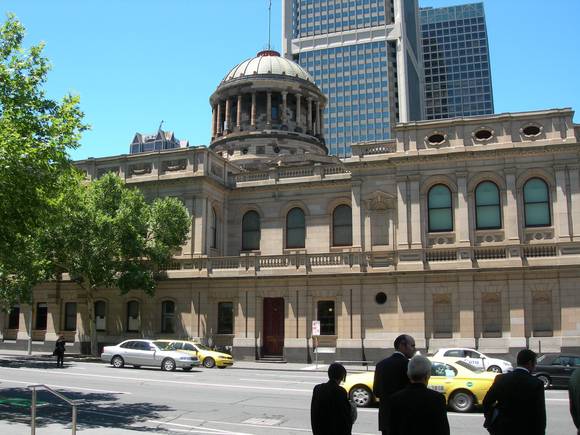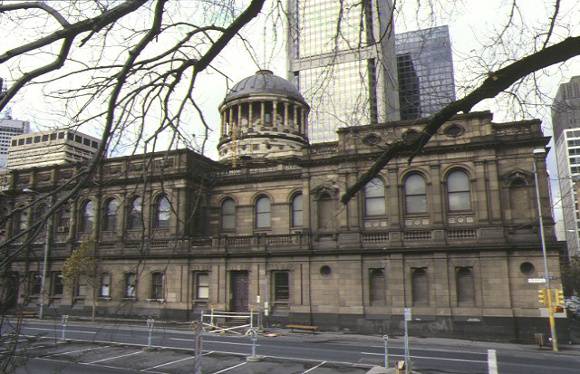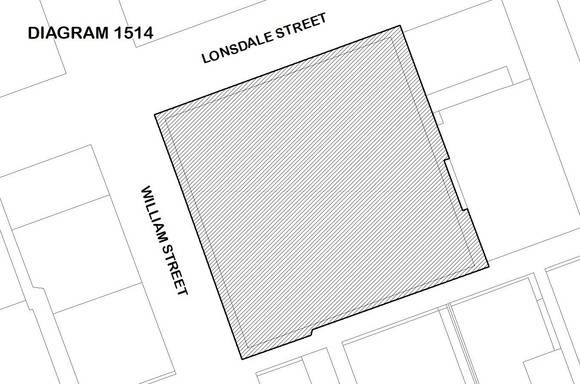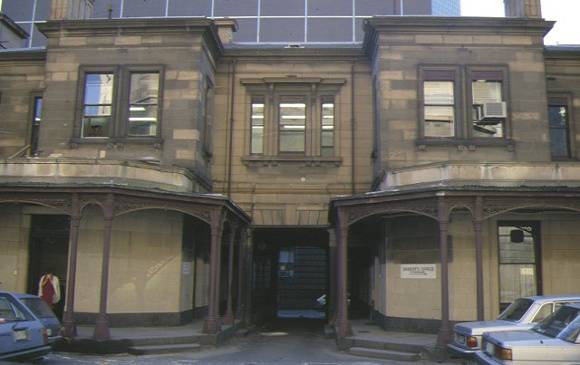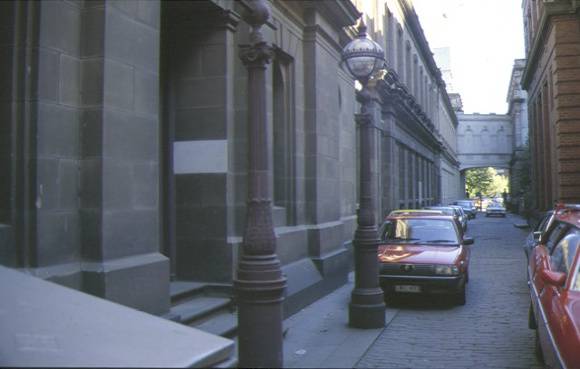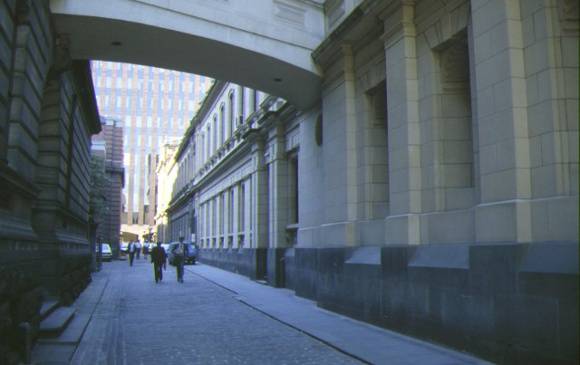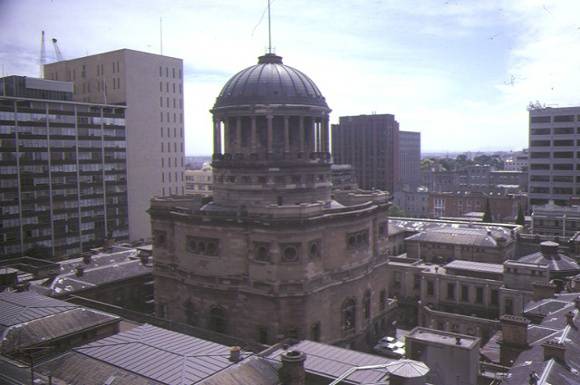| Back to search results » | Back to search page » |
|
LAW COURTS
Other NameSUPREME COURT Location210 WILLIAM STREET MELBOURNE, MELBOURNE CITY
File NumberFOL/17/96364LevelRegistered |
|
Statement of Significance
What is significant?
The Law Courts, 192-228 William Street, are part of a complex of buildings which together with the Supreme Court Library and Court of Appeal are known as the Melbourne Law Courts. Architects AL Smith and AE Johnson won a competition for their design and prepared the working drawings. The competition created a scandal because one of the partners, Johnson, was on the judging panel. Johnson resigned from the Public Works Department and joined Smith in a long and successful partnership. J J Clark and P Kerr undertook the detail drawings for the Public Works Department, which also supervised the works. Erected in 1874-84, the Law Courts comprise two storeys constructed of brick on Malmsbury bluestone footings and faced with Tasmanian freestone. The first court sitting was held in February 1884. In plan the Law Courts comprise a square block of buildings each street facades measuring 85 metres. The design is reputed to be based on the design of James Gandon's Four Courts building in Dublin, following a suggestion to Smith and Johnson by Chief Justice Sir William Stawell. One court occupies each of the four corners of the square, and the remaining four courts occupy the lateral north and south wings. The remaining areas occupied by administrative offices and Judges' Chambers, all enclosing a circular courtyard. A covered carriageway leads from Lonsdale Street to the central courtyard. In the courtyard sits the Supreme Court Library. Stylistically the design draws on the classicism of the Renaissance. The three floors appropriate to the Renaissance palazzo form of a base, piano nobile and attic storey. The parapet hides the roof. The recessed central bay to the William Street facade is treated as a double open arcade of Ionic and Composite columns. Some severity is lent to the building by the plentiful use of blind windows and niches. A variety of treatments are applied to the window openings and aedicules, variously being round arched, broken pediments or flat arched. The Law Courts design included provision for an integrated heating and ventilation system.
How is it significant?
The Law Courts are of historical, social, architectural and technical significance to the State of Victoria.
Why is it significant?
The Law Courts are architecturally significant as an example of the Renaissance Revival style on a very grand and imposing scale, with a severity befitting its function. The boldness of planning and massing and the mannerist details are highly characteristic of the work of the architect AE Johnson. The Law Courts are architecturally significant for the excellence of the carving of the Tasmanian freestone and the Malmsbury bluestone base. Additionally significant internally are the very elaborate moulded plasterwork on walls and ceilings, and the robust detailing of the benches, Judges' canopies, and cedar panelling. The Law Courts are the largest court buildings in Australia to be built to a single design, and the planning solutions for the separation of different groups of courts was unprecedented.
The Law Courts are historically significant as a landmark building in the western part of the city, now partially obscured from some sides by twentieth century development. It is significant for its origins in a design competition in 1873 that scandalised the architectural profession, due to the close professional relationship between one of the assessors, George Johnson and the winner Alfred Smith. It was the largest single building project in the country at the time and one of the last public building projects before the depression of the 1890s halted most building works across the State until the turn of the century.
The Law Courts are socially significant as one of the most important nineteenth century public buildings in Melbourne, and for their ongoing role as the highest court of law in the Victorian judicial system, inferior only to the Privy Council, and since Federation in 1901, to the High Court. The continuity of relationship between the process of law and the buildings is comparable to the relationship of the Legislative process and Parliament House.
The Law Courts are technologically significant for the provision of an integrated heating and ventilation system. The system was advanced for the period, and controlled air flows by an integrated system of the hot water pipes with ventilation flues and sub-floor plenum spaces.
Group
Law Enforcement
Category
Law Court


